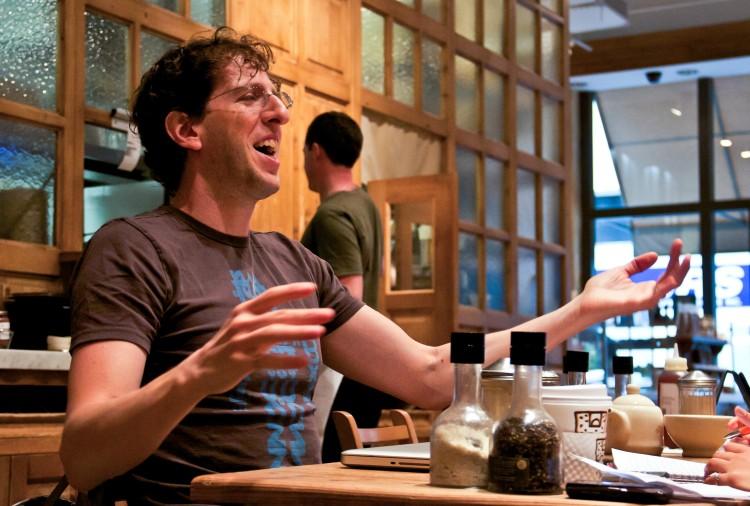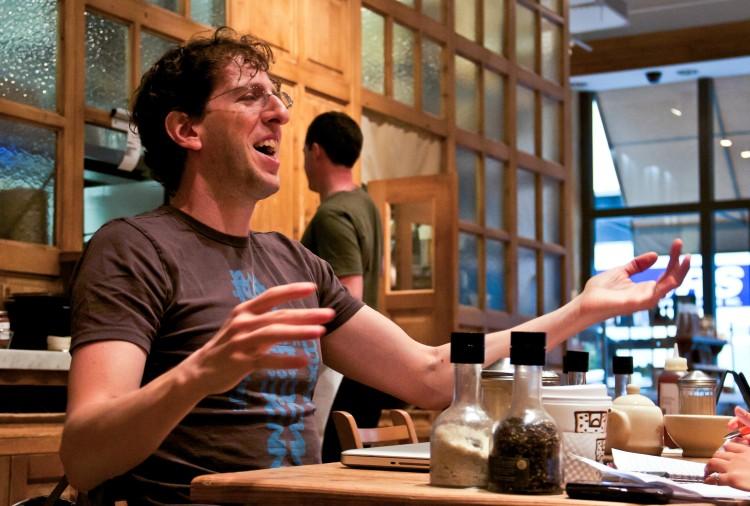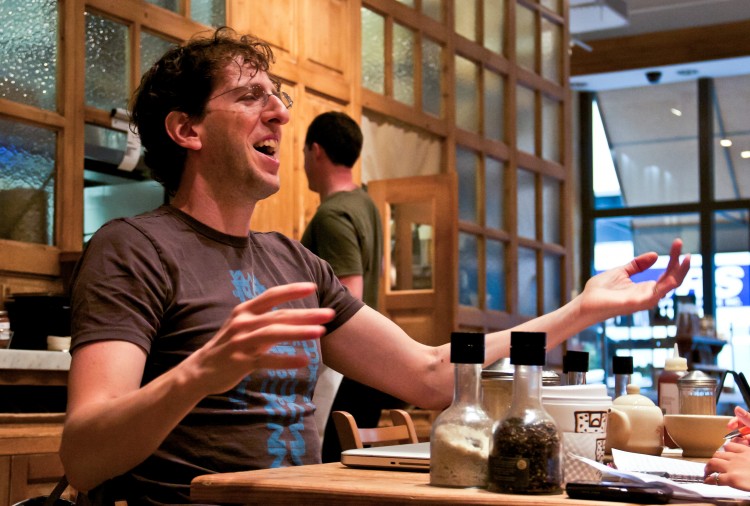NEW YORK—In recent animated movies such as “Tangled” and “Brave,” movements such as how a character’s dress creases as she walks, swirls as she dances, and shimmers as the wind blows, are becoming increasingly similar to the movement of clothes on real, live humans. One of the masterminds behind this effect is a computer science professor from Columbia University.
Eitan Grinspun, 37, is the director of the Columbia Computer Graphics Group research lab. The technologies he has helped found allows computers to recreate and predict realistic movements.
Although his technology made its first appearance in “Tangled,” Disney began contacting him in 2003, when Grinspun was still working on his postdoctorate.
“I thought it was strange. I’ve been working on simulation of airbags, crushing cans, and I didn’t know what I could offer,” he said. “But I’ve always been very open to things.”
Grinspun is indeed very open to new ideas. He is someone who baked fish brownies as a kid.
Besides his work on lifelike Disney movies, his technology also helped develop Adobe’s latest paintbrush that imitates the individual bristles of real brushes.
He has also contributed to breakthroughs in the medical field.






